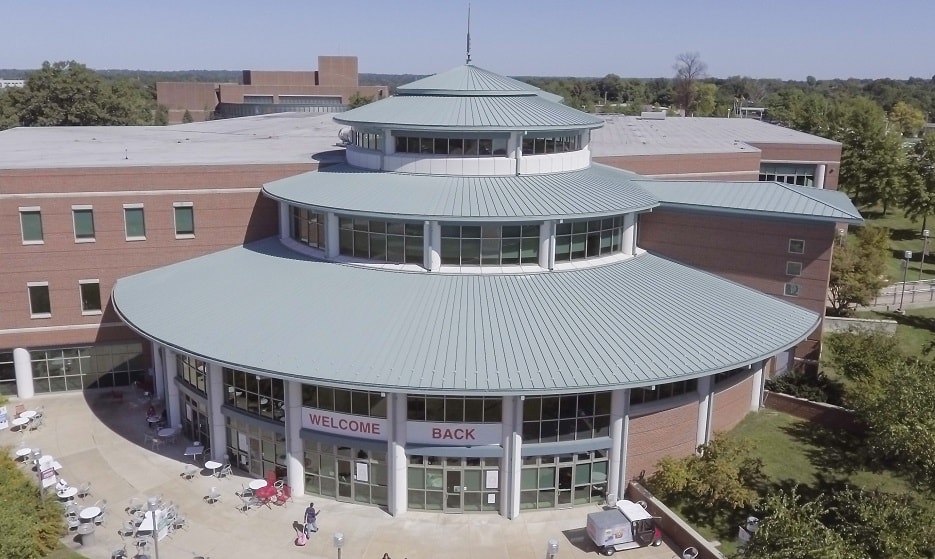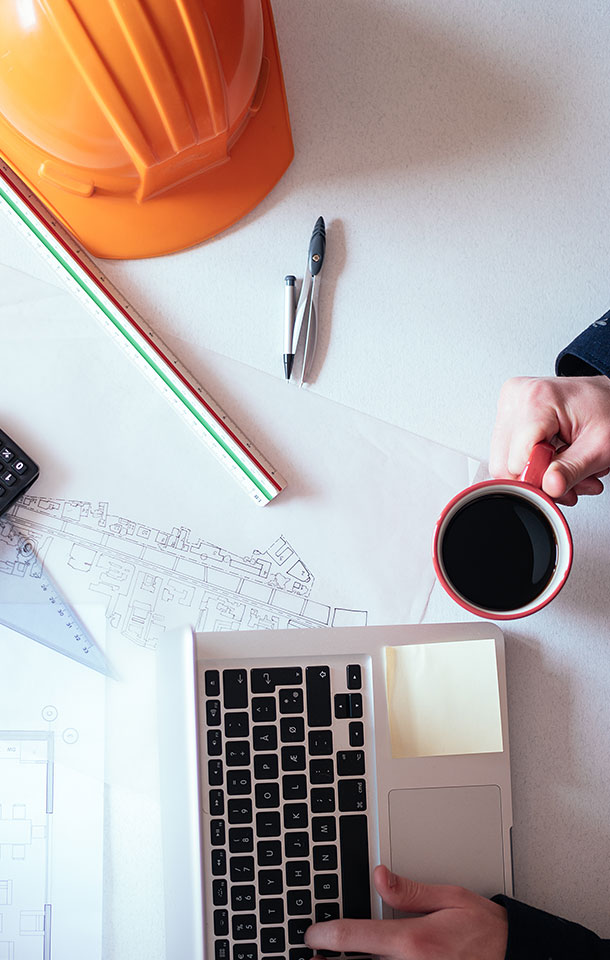What Underlayment Should I Use Under A Metal Roof
Posted

Roofing underlayments have improved and evolved over the years. 30-years ago there were basically 2 products available, 30-pound felt and peel and stick ice and water shield. 30-pound felt was available through numerous manufacturers, but peel and stick ice and water shield were limited to a very few manufacturers. Each product has its drawbacks.
30 pound felt was very susceptible to degradation from UV. As it degraded, the product weakened and dried out, curling, tearing and shrinking were common as well as blow offs. Even after a short exposure time, 30-pound felts would start breaking down and contractors would make numerous trips to the job sight repairing this underlayment in order to keep the building dry. As the market evolved, synthetic felts became more readily available and at a cost equivalent to 30-pound felt. These underlayments are light weight and very durable. The rolls typically come in 10 square rolls (1000 square feet) and are very light weight. Once installed, they provide a very reliable temporary roof covering. Compared to 30-pound felt (typically 2-square rolls) they are now considered the norm in the roofing industry.
Peel and stick ice and water shield product available were not high temperature and tended to come apart under the heat of metal roof panels thus losing its ability to preform as required. Also, because of the limited number of manufacturers making this product, pricing was high. Today, there are many options for quality peel and stick underlayments, because of this, pricing has come down considerably. The following considerations should be use when selecting a peel and stick underlayment; a smooth, non-granulated surface, high temperature (250 degree softening point), and that it meets ASTM 1970 for puncture resistance. Also, consider the type of substrate you are applying it to. Certain types of insulation deform at low temperatures. Therefore, the standard black or grey surface is not acceptable and a peel and stick underlayment with a white or light grey surface is most favorable.
Installation of both peel and stick and 30-pound felt or synthetic underlayments is always started at the eave and installed in a shingle fashion. The first course of any installation should be peel and stick as well as all valleys and rake walls and/or rake edges. The peel and stick should extend down the fascia approx. 4”. Then, depending on the roof slope, either continue with peel and stick or start with a synthetic underlayment. Always follow the manufacturer’s installation instructions. There are different installation procedures for different substrates and also different ambient temperatures.
A general rule of thumb is on roof slopes less than 3:12, full coverage of an approved peel and stick underlayment is used. Then, on slopes 3:12 and greater, all eaves, valleys, rakes, and penetrations receive peel and stick, and the field of the roof can be covered in synthetic or 30-pound felt. Always refer to the architectural specifications for their guidelines. That will typically always take precedence over a manufacturer’s guidelines.
I have been asked many times “what would you do if it were your roof”? My answer is simple, go with a full coverage of an approved peel and stick underlayment. It is money well spent and provides an excellent secondary moisture protection against ice and snow build up as well a back-side condensation that occurs on standing seam metal roofing systems. Whichever method you chose, please be sure to consult the architectural specifications and local building codes for the proper and approved product.
Dimensional Metals Inc. has been providing quality products to our customers for over 30-years and is the best value in the standing seam metal roofing and metal wall panel industry. Please give us the opportunity to serve you. Our knowledge of the roofing industry is unsurpassed and our commitment to our customers is always our first priority.
This piece is written specifically for the installation of standing seam metal roofs and does not apply to any other type of products such as asphalt shingles, slate, concrete or clay tile, any kind of membrane sheet. Also, standing seam metal roofs do condensate. That is back side moisture that occurs on most installations. Underlayments provide moisture protection which prohibits that moisture from entering the cavity of the building.



 AIA Continuing Education
AIA Continuing Education